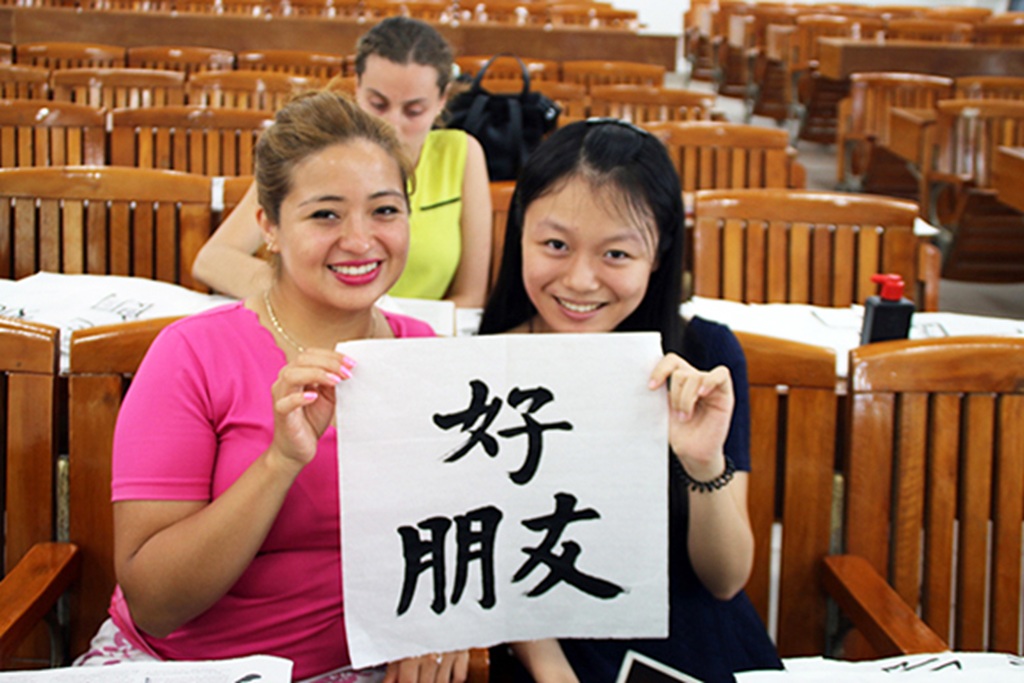BEIJING – China has moved ahead of long-time favourites like the United States and Spain as the first choice for Mexican students studying overseas. New figures from Mexico’s Secretariat of Public Education (SEP) show a 45% jump in Mexican enrolments at Chinese universities in the last academic year. The total reached 8,200 students, ahead of the 7,100 going to the U.S. and the 6,500 heading to Spain.
The rise mirrors stronger economic and cultural links between Mexico and China. Scholarships, lower fees, and a clear focus on STEM subjects are driving interest. Beijing’s push to attract international students is also part of the picture.
Dr Sofia Ramirez, who leads international programmes at the National Autonomous University of Mexico (UNAM), said that China is no longer seen only as a factory. In her words, it is also becoming a classroom. She added that students return with skills in AI, renewable energy, and supply chain management, which fit Mexico’s plan to reduce its reliance on North American trade.
For years, many Mexican students chose English-speaking countries or Europe for prestige and language reasons. That trend is fading. Tuition in the U.S. now averages around 45,000 dollars a year for international students. Visa delays and post-pandemic travel rules have made it harder to. Spain remains attractive due to shared language and culture, but competition for places at public universities is tough.
China offers a different package. Under the Belt and Road Initiative, more than 1,000 scholarships a year are available for students from Latin America. These cover tuition and housing, and many include stipends of up to 3,500 yuan, about 490 dollars, per month.
Top institutions like Tsinghua University and Peking University have expanded English-taught programmes in high-demand fields. Confucius Institutes in Mexico are helping with fast-track Mandarin courses to lower the language hurdle.
Maria Gonzalez, a 22-year-old engineering student from Guadalajara, said she picked Shanghai Jiao Tong University because the scholarship covered all costs and the campus felt like a tech hub. She noted that a similar degree at home would have put a heavy strain on her family.
Official data shows how fast the shift has happened. In 2020, only 2,500 Mexican students were in China. That number has more than tripled, helped by agreements signed during President Claudia Sheinbaum’s 2024 visit to Beijing.
The SEP says STEM scholarships account for 60% of the growth, with engineering and computer science leading. Postgraduate interest is rising as well, helped by joint research projects such as UNAM’s partnerships with Fudan University.
There are still hurdles. Adapting to a new culture can be difficult. Some returnees report homesickness and long study schedules linked to China’s 996 culture, meaning 9 a.m. to 9 p.m., six days a week.
Safety concerns, heightened by U.S. State Department advisories, have led Mexico’s foreign ministry to run online briefings for outgoing students. Ramirez said the opportunities are strong, but students need honest guidance on life in a high-pressure, collectivist setting.
The economic impact could be significant. Graduates from Chinese universities are finding roles with firms like Huawei and BYD, both expanding in Mexico’s telecom and auto sectors.
A 2024 World Bank study found that students who studied in Asia contribute about 15% more to their home country’s GDP than peers who studied in Western countries, helped by skills in emerging technologies.
As tensions between the U.S. and China continue, Mexico’s shift signals a wider change across the Global South. Dr Li Wei, a scholar of China–Latin America ties at the Chinese Academy of Social Sciences, said education is also diplomacy. In his view, investing in Mexican talent creates links that outlast trade disputes and social media storms.
For now, China’s universities are open to ambitious Mexican students. The draw is a mix of ancient heritage and modern innovation, with strong funding and practical pathways into industry. As one SEP official joked, few expected the dragon to become Mexico’s new study buddy.
















